In the early 1900s, New York City embarked on one of the most ambitious public education projects in its history: the creation of a massive, city-wide system of free circulating libraries. This era saw the construction of dozens of new library branches, from the bustling streets of Manhattan to the developing neighborhoods of the outer boroughs. These new libraries were designed to be grand and inviting, functioning as palaces of learning for every citizen, especially the city’s enormous immigrant population.
This library revolution was fueled by two major events. The first was the 1895 consolidation of three of the city’s finest private collections—the Astor Library, the Lenox Library, and the Tilden Trust—into a single new entity called The New York Public Library. The second event came in 1901 when the steel magnate and philanthropist Andrew Carnegie made an astonishing offer. He pledged $5.2 million (an immense sum at the time) to finance the construction of 67 branch libraries across the city. His one condition was that the City of New York had to provide the land for each building and agree to pay for their ongoing maintenance and staffing.
The “Carnegie libraries” that were built as a result of this agreement shared a distinct architectural character. Designed by prominent architectural firms like McKim, Mead & White, they were often built in the Classical Revival or Beaux-Arts styles. Their limestone or brick facades featured large, arched windows designed to flood the reading rooms with natural light. An inviting, wide staircase leading up to the main entrance was another common feature, symbolizing a visitor’s ascent into knowledge. Inside, these libraries were built with open stacks, a relatively new concept that allowed the public to browse the shelves and choose their own books, rather than having to ask a librarian to retrieve a book from a closed-off area.
Read more
While the branch libraries served local neighborhoods, the city was also constructing a magnificent central headquarters for The New York Public Library. On the site of the old Croton Reservoir at Fifth Avenue and 42nd Street, work began in 1902 on a monumental marble building. When it finally opened to the public in 1911, the Central Building was a masterpiece of Beaux-Arts design. Visitors entered through a grand entryway flanked by two iconic marble lions, named Patience and Fortitude. Inside, they found Astor Hall, a vast chamber of white marble, and the magnificent Rose Main Reading Room, a space nearly two city blocks long with a soaring 52-foot-high ceiling decorated with murals of the sky.
These new libraries quickly became vital centers of community life. For hundreds of thousands of newly arrived immigrants, the local library was an essential resource. It was a quiet, clean, and safe place to learn English, study for citizenship exams, and read books and newspapers from both their old countries and their new one. A major innovation of the era was the creation of dedicated Children’s Rooms within each library. These spaces, often decorated with murals and filled with books for young readers, were designed specifically to welcome children and encourage a lifelong habit of reading.


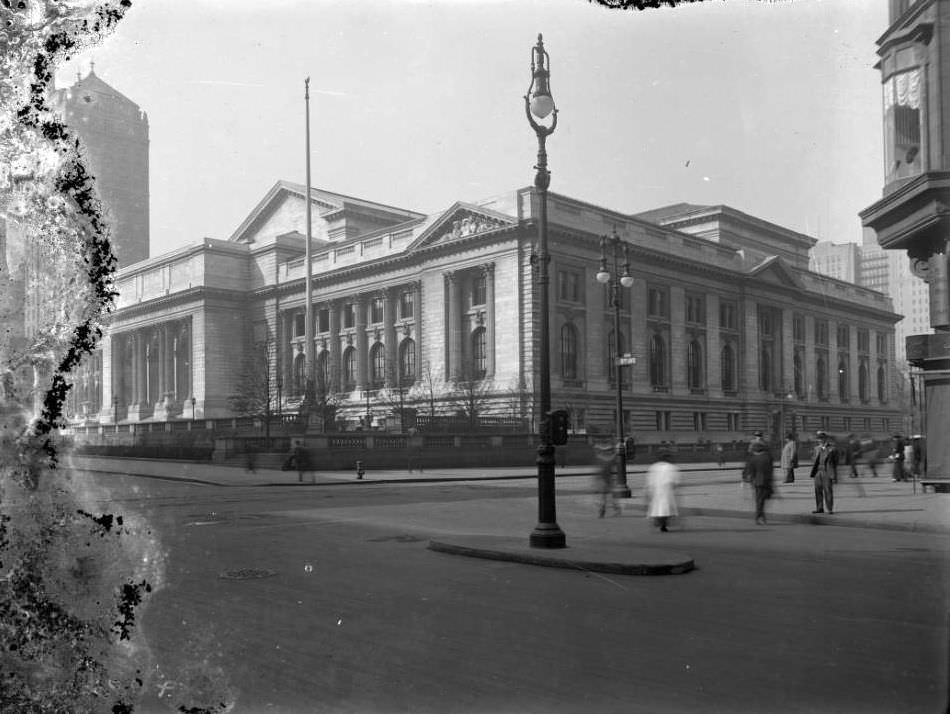
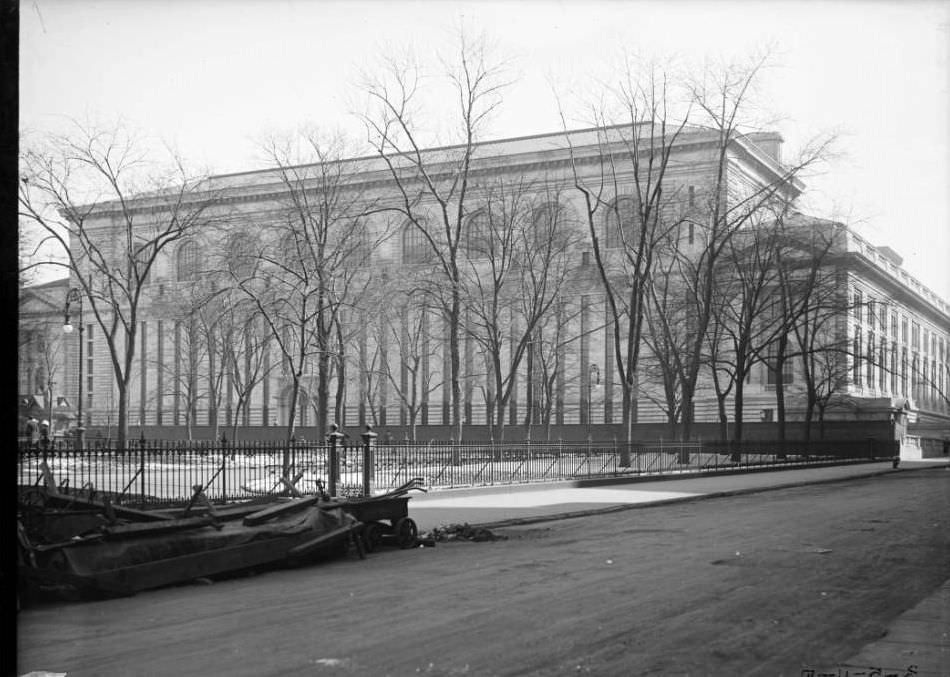
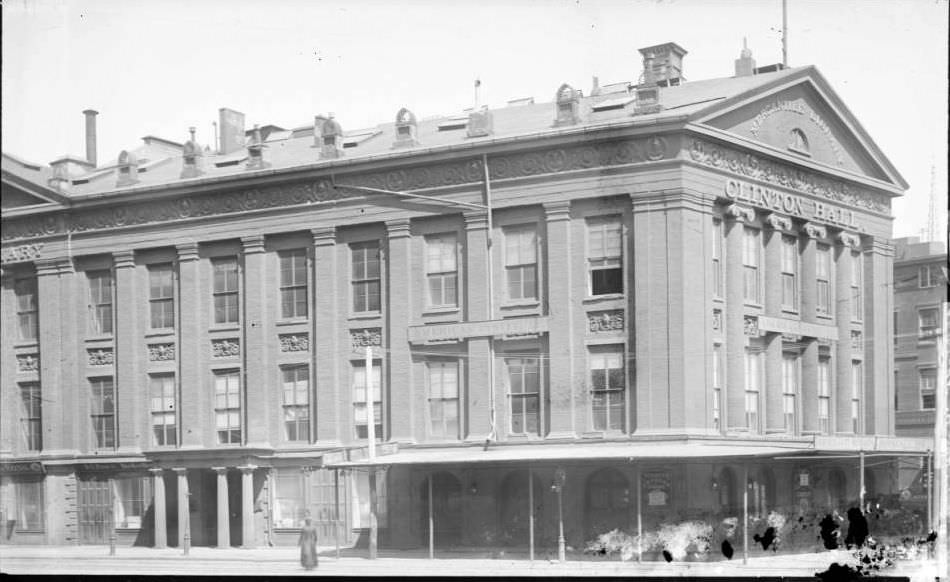
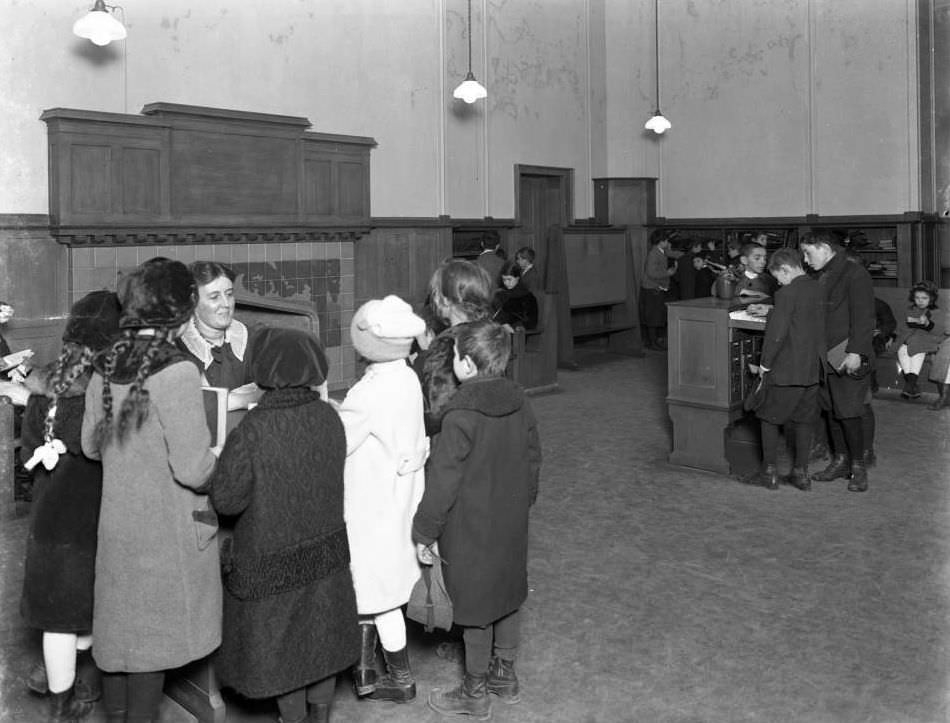

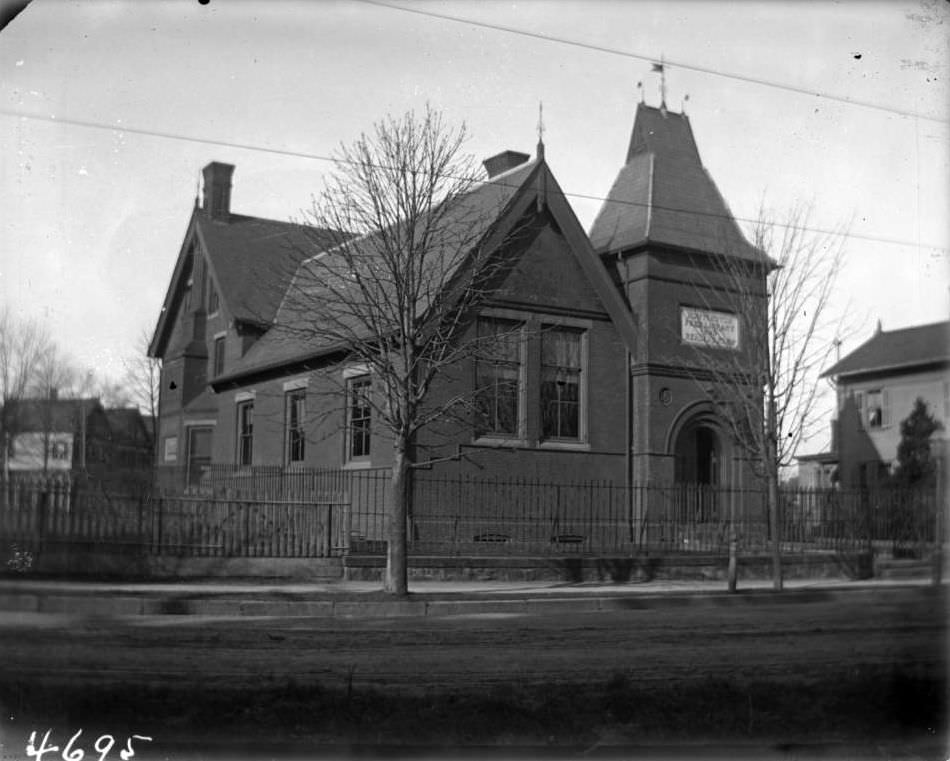
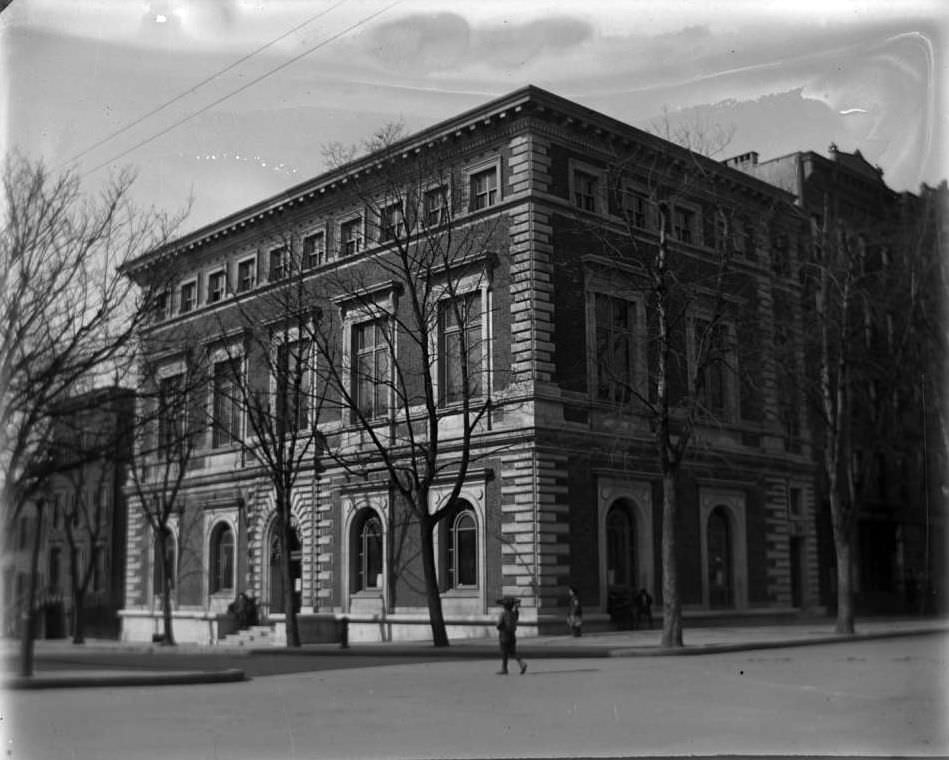
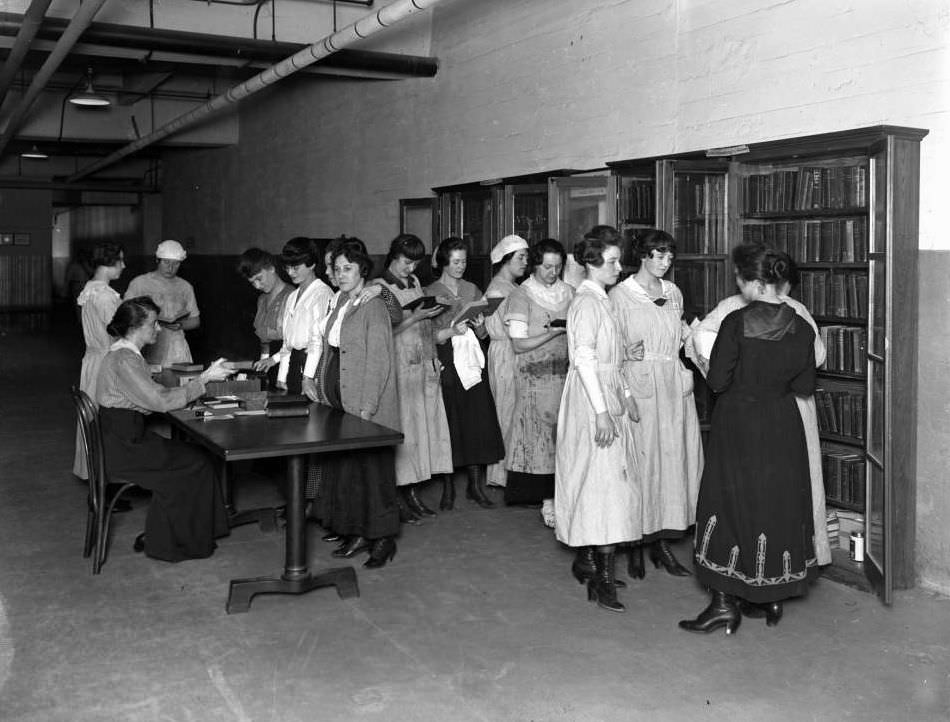
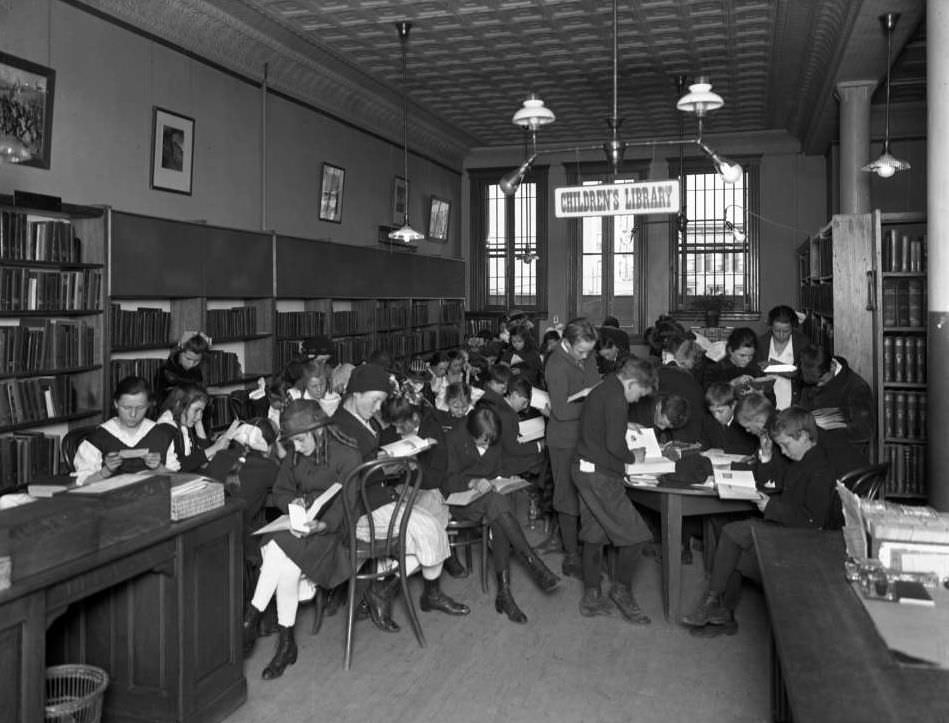
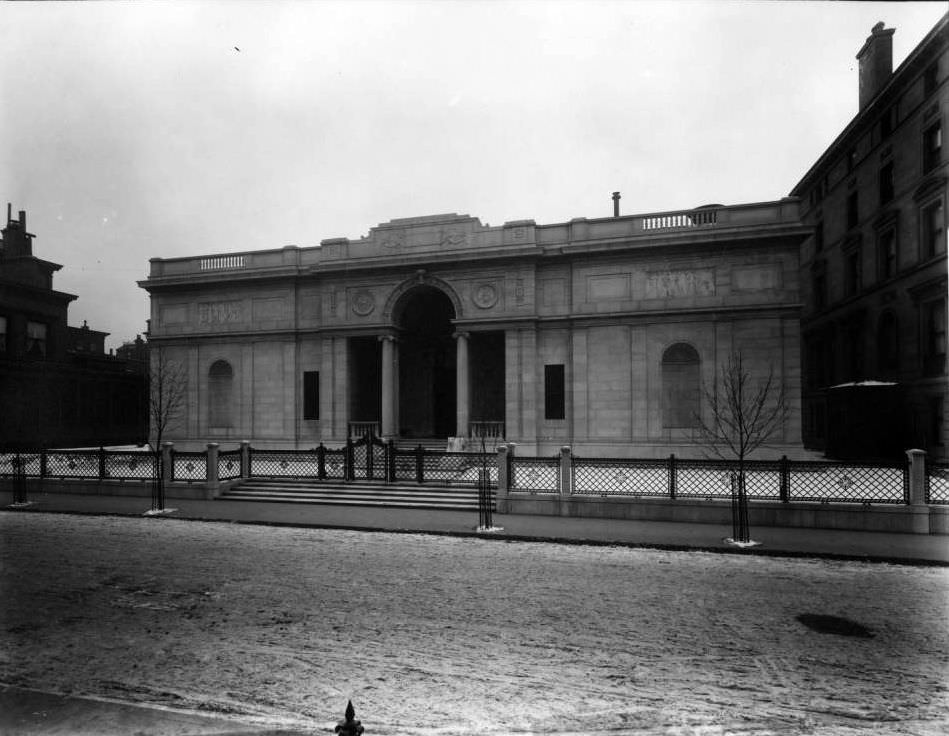
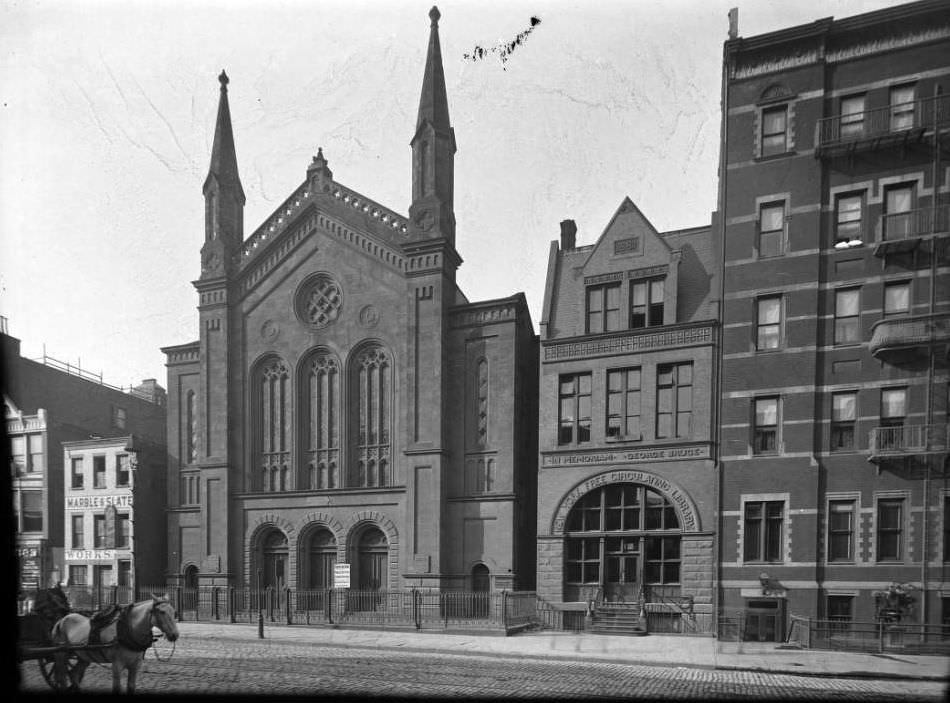
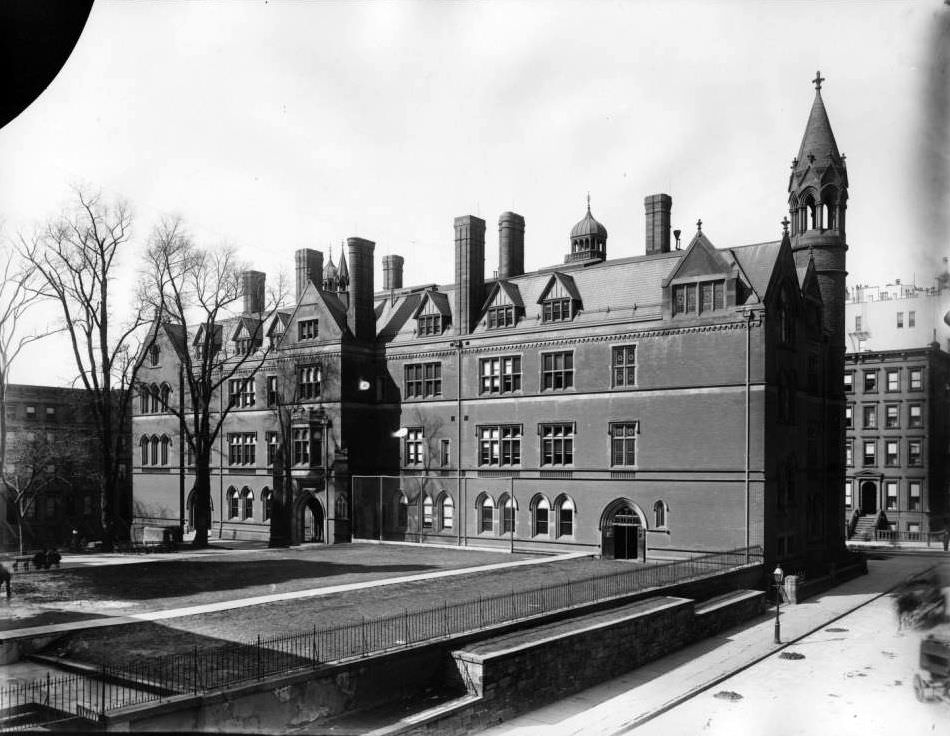
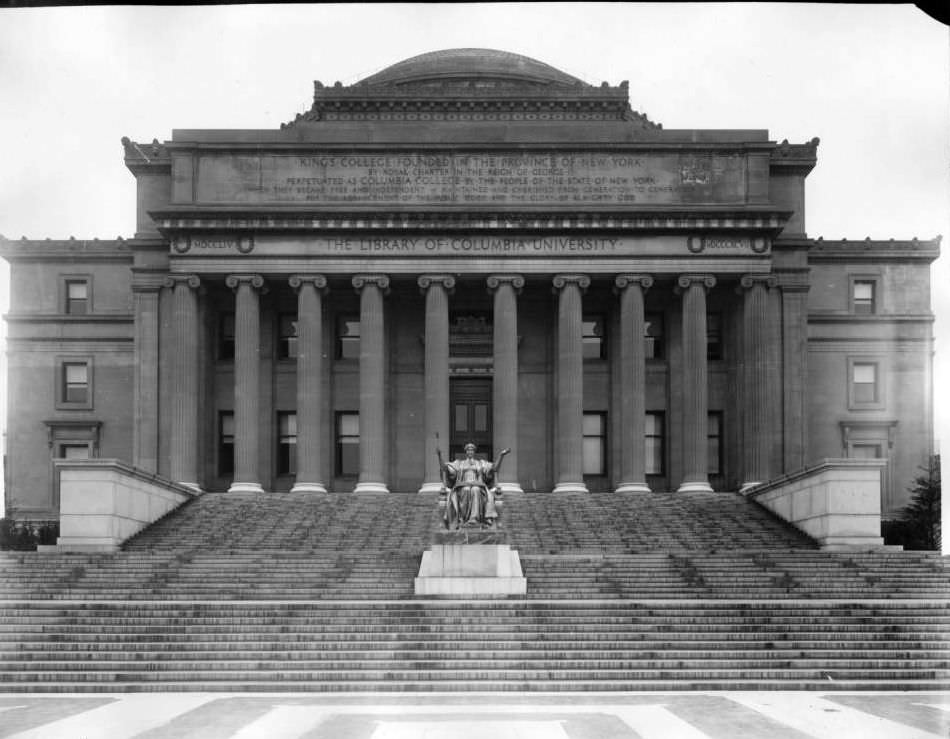
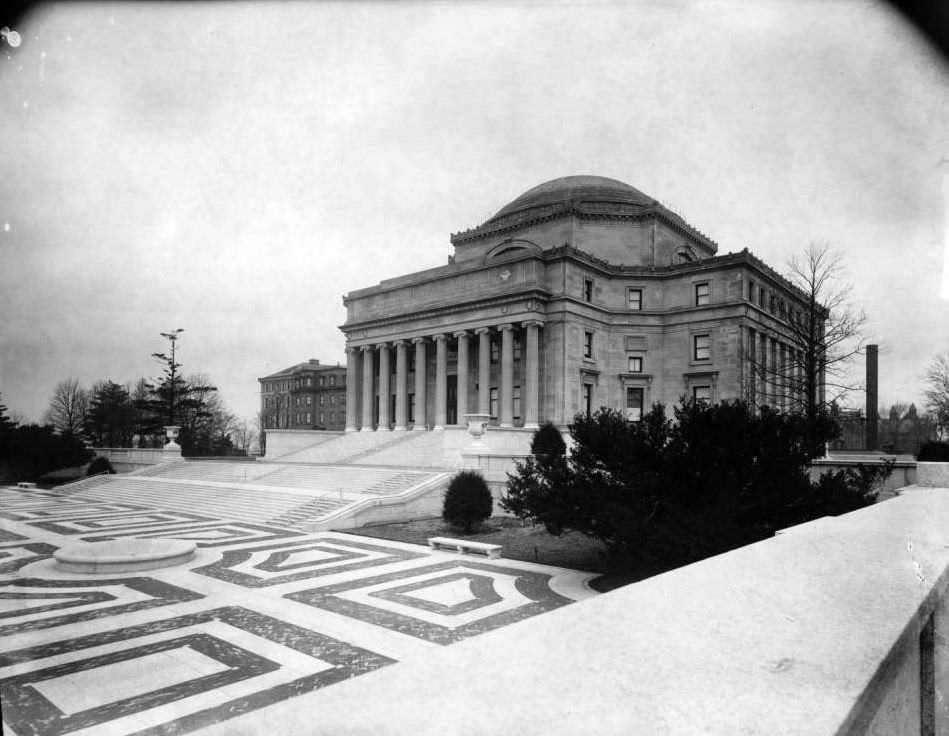
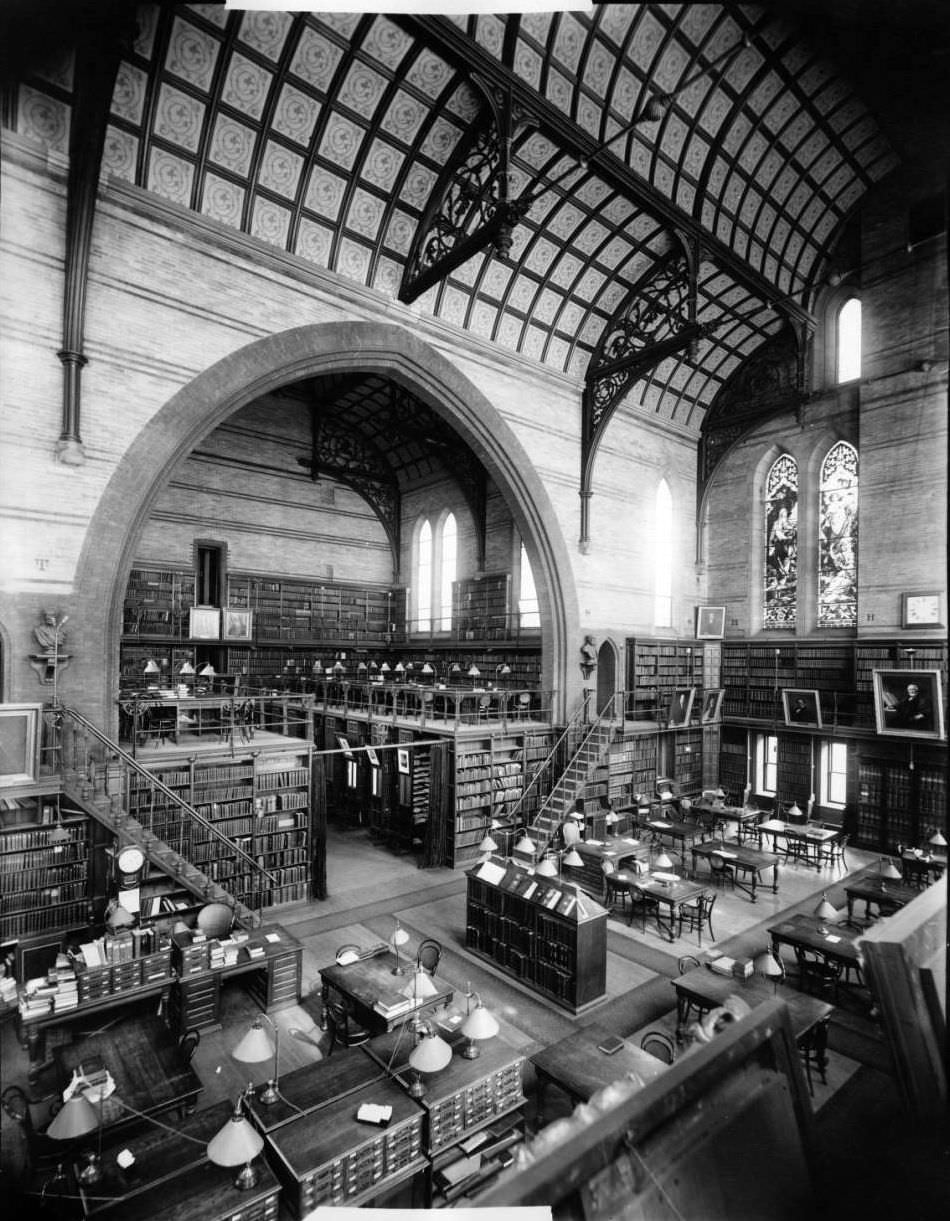
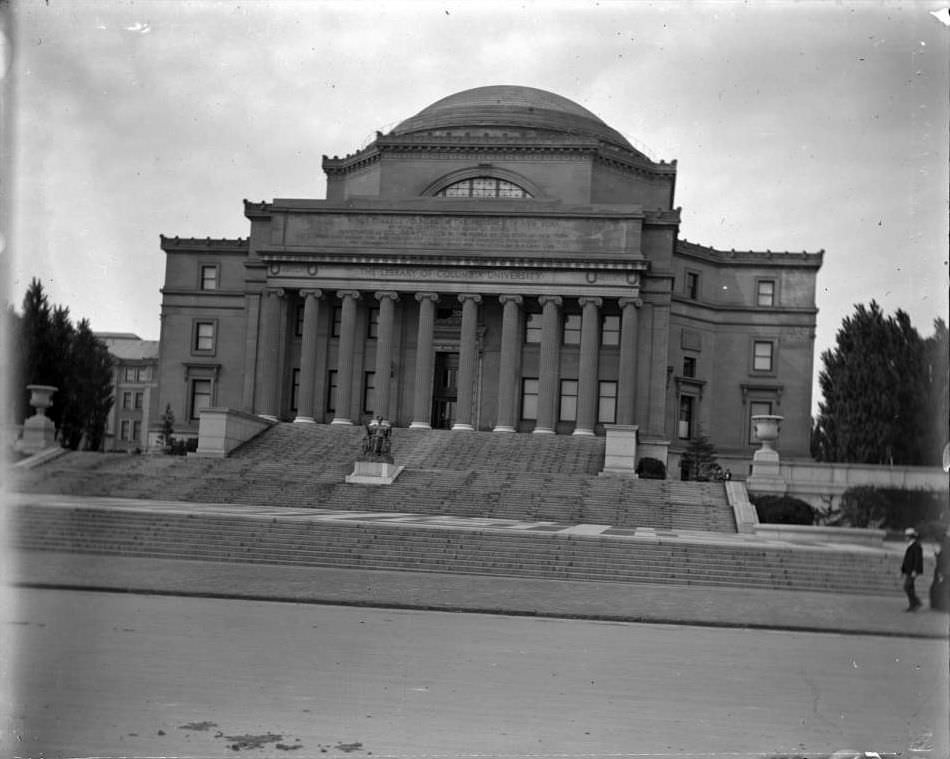
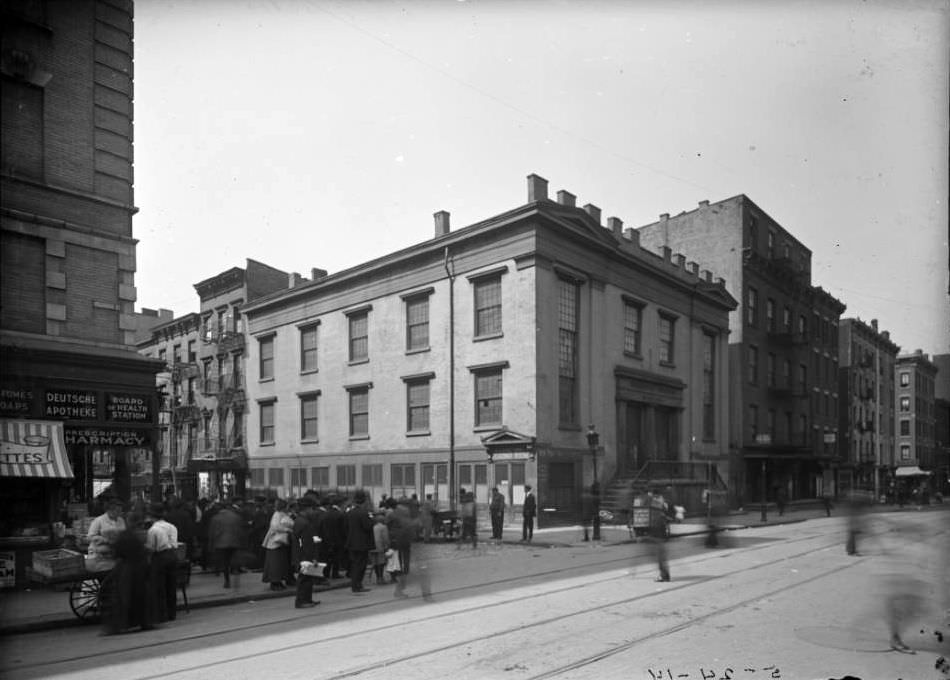
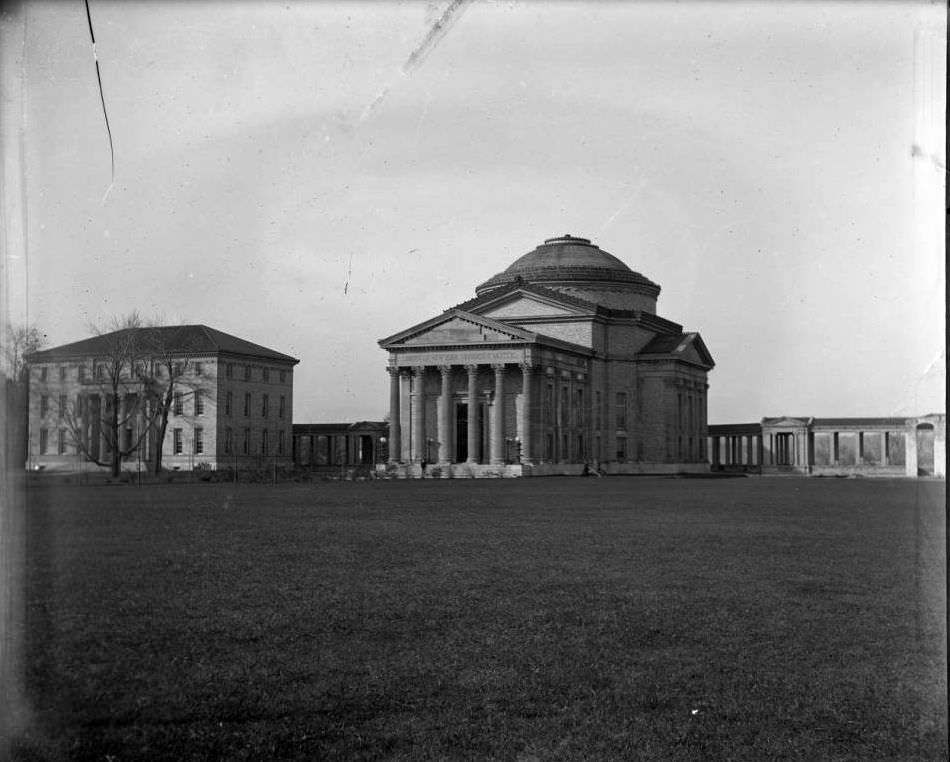
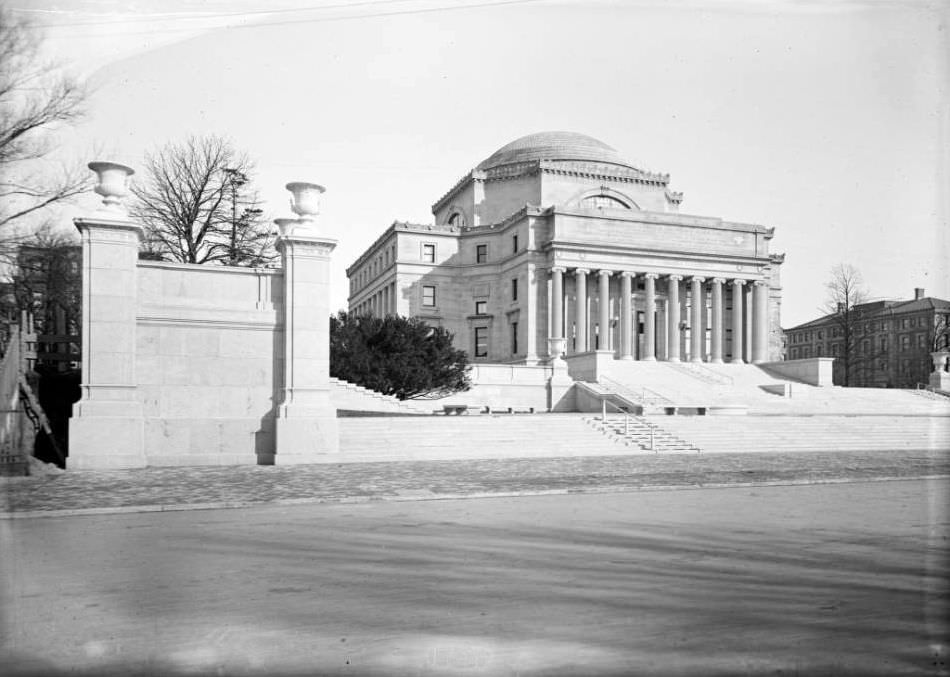
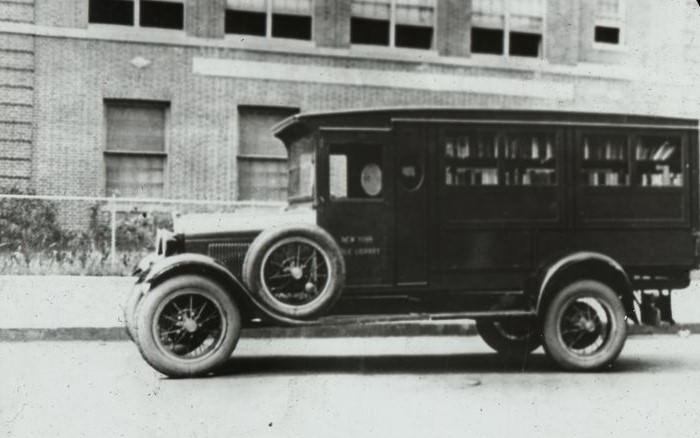
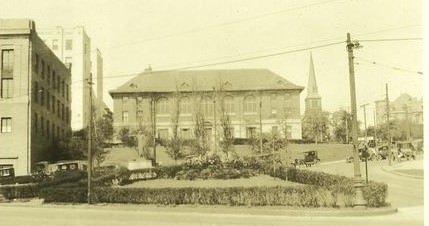
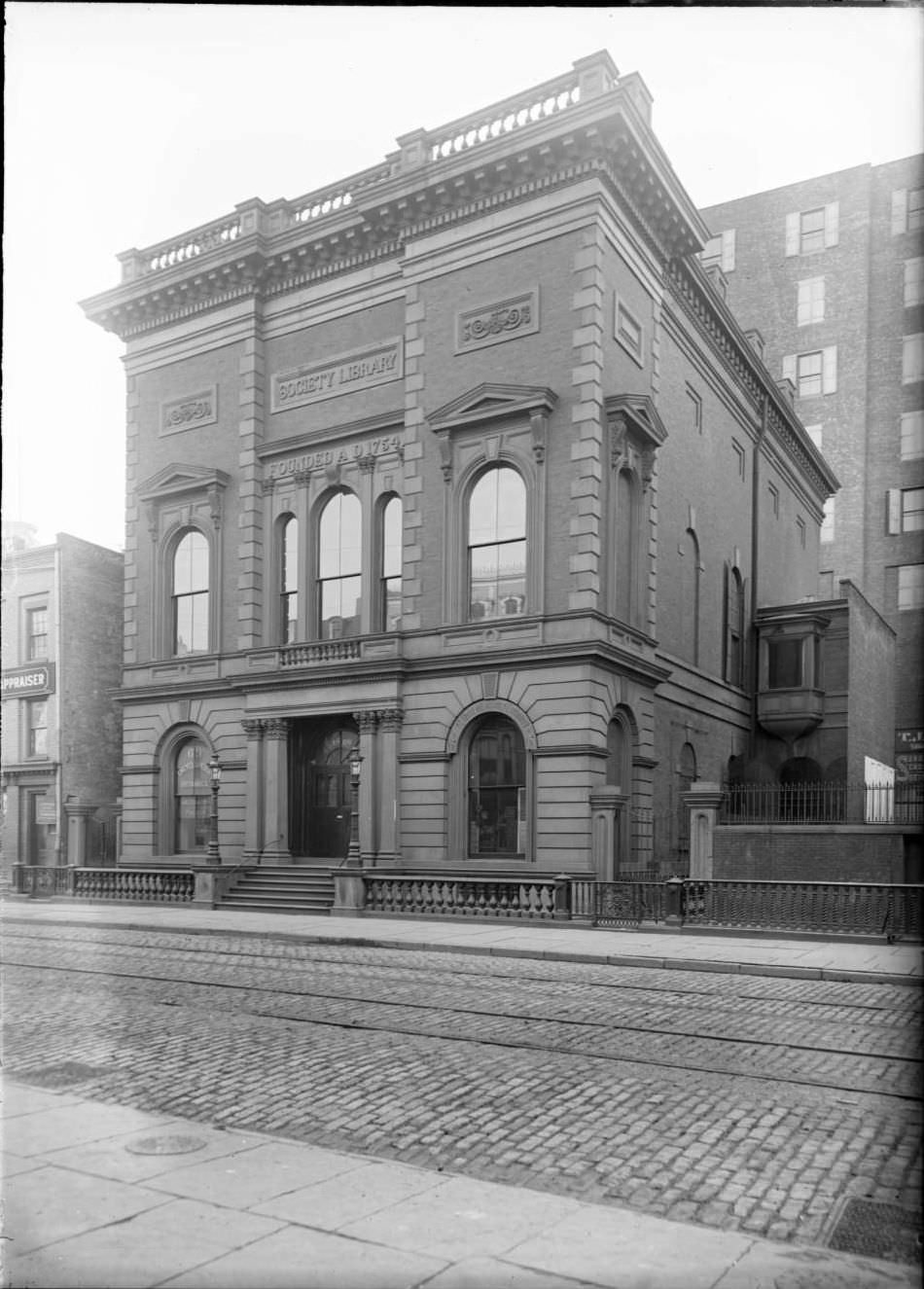

GIPHY App Key not set. Please check settings